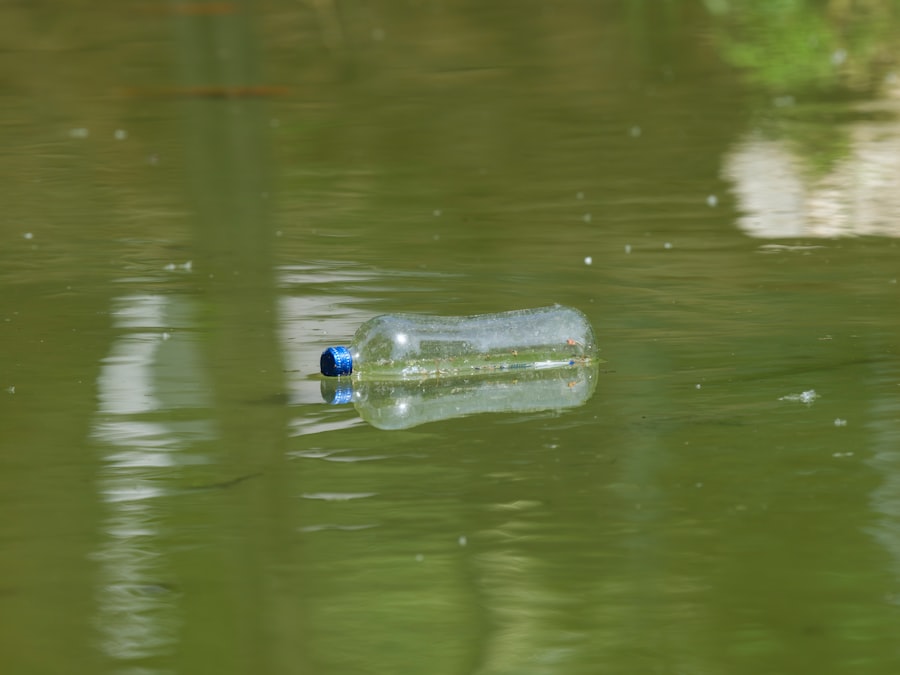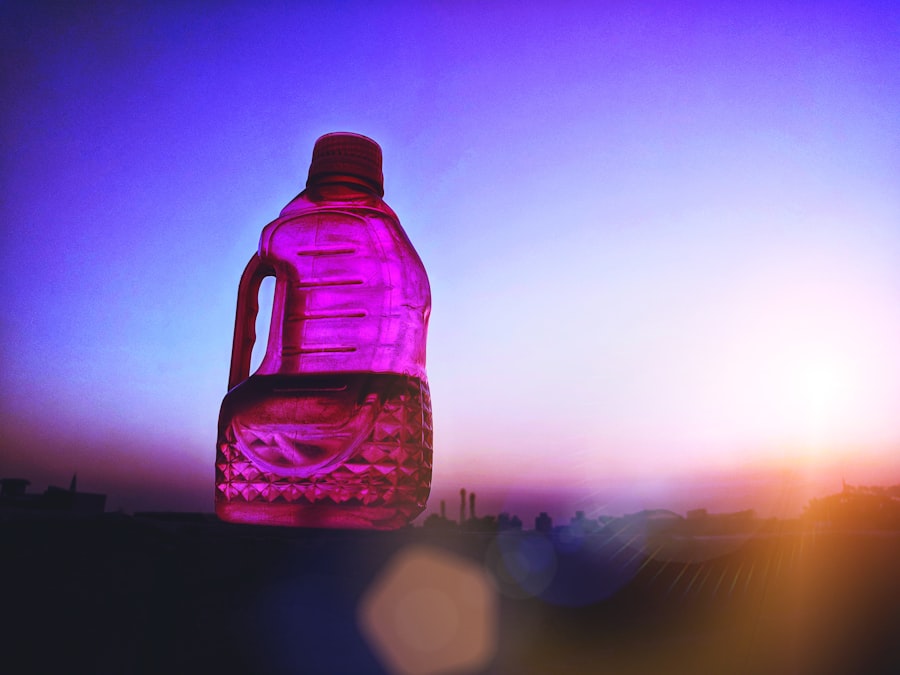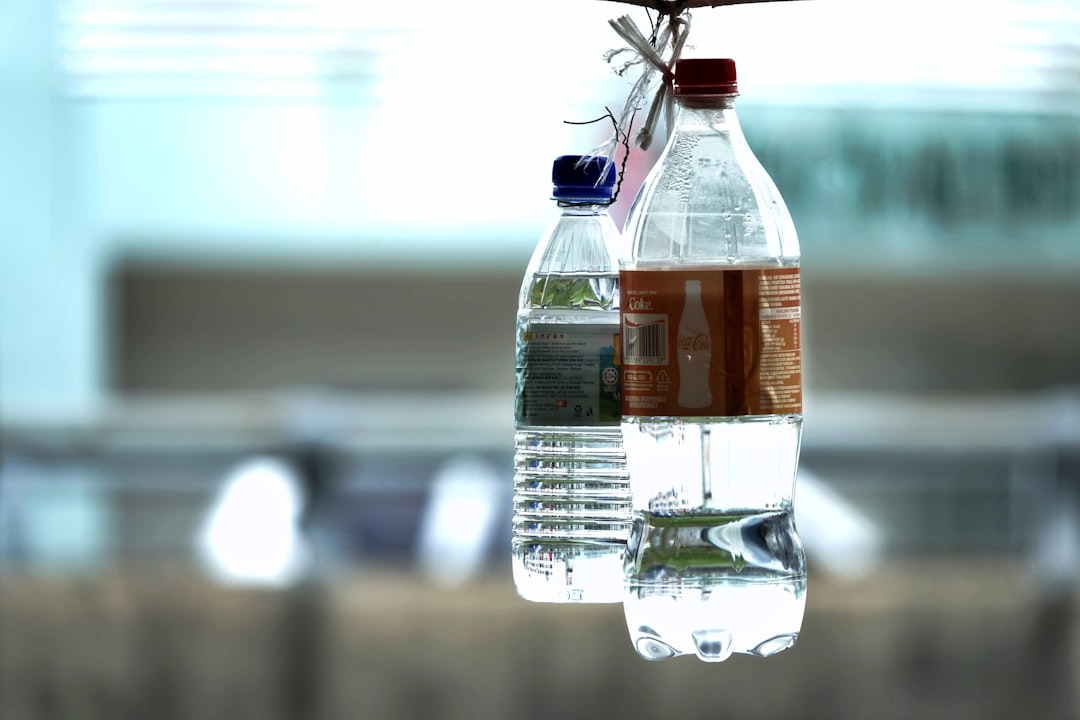The bottled water industry has experienced a meteoric rise over the past few decades, transforming from a niche market into a global phenomenon. In the early 1970s, bottled water was primarily a luxury item, often associated with upscale restaurants and health-conscious consumers. However, as awareness of health and wellness grew, so did the demand for convenient and portable hydration options.
By the late 1990s and early 2000s, bottled water had firmly established itself as a staple in grocery stores, convenience shops, and vending machines worldwide. This surge in popularity can be attributed to various factors, including increased consumer awareness of the importance of hydration, the perception of bottled water as a healthier alternative to sugary beverages, and aggressive marketing strategies employed by major brands. As the industry expanded, so did the variety of products available.
Consumers were no longer limited to plain spring water; they could choose from flavored waters, mineral-infused options, and even functional waters designed to enhance performance or promote wellness. This diversification not only catered to different tastes but also created a sense of lifestyle branding around bottled water. The rise of social media further fueled this trend, as influencers and celebrities showcased their favorite bottled water brands, making them aspirational products.
Consequently, the bottled water industry has evolved into a multi-billion-dollar market, with projections indicating continued growth in the coming years.
Key Takeaways
- Bottled water industry has rapidly grown, driven by marketing and consumer demand.
- Environmental concerns arise from plastic waste and resource use linked to bottled water.
- Bottled water is significantly more expensive than tap water without proven health benefits.
- Labeling and branding often mislead consumers about the purity and source of bottled water.
- Alternatives like reusable bottles and improved tap water infrastructure offer sustainable solutions.
The Environmental Impact of Bottled Water
The environmental ramifications of the bottled water industry are profound and multifaceted. One of the most pressing concerns is plastic waste. Each year, millions of tons of plastic bottles are produced, many of which end up in landfills or oceans, contributing to the global plastic pollution crisis.
Despite efforts to promote recycling, a significant percentage of these bottles are not recycled properly, leading to long-lasting environmental damage. Marine life is particularly affected, as animals often mistake plastic debris for food, resulting in injury or death. The production process itself is also resource-intensive; it requires substantial amounts of water and energy, further straining natural resources.
Moreover, the extraction of water for bottling can have detrimental effects on local ecosystems. In some regions, companies draw water from aquifers at rates that exceed natural replenishment, leading to lowered water tables and adverse impacts on surrounding flora and fauna. Communities that rely on these water sources for their own needs may find themselves facing shortages, sparking conflicts over water rights.
As awareness of these issues grows, many consumers are beginning to question the sustainability of bottled water and its long-term viability as a hydration solution.
When comparing the cost of bottled water to tap water, the disparity is staggering. Bottled water can be up to 2,000 times more expensive than tap water, depending on the brand and location. For many consumers, this price difference raises questions about the value they are receiving for their money.
While bottled water may offer convenience and portability, tap water is often just as safe and palatable, especially in developed countries where municipal water systems are rigorously tested and regulated. The economic implications of this disparity are significant; families that regularly purchase bottled water may find themselves spending hundreds or even thousands of dollars annually on a product that is readily available from their tap. Furthermore, the cost of bottled water extends beyond individual consumers.
Municipalities bear the burden of managing waste generated by plastic bottles and may face increased costs associated with recycling programs. These expenses can ultimately be passed on to taxpayers.
The Marketing and Branding of Bottled Water

The marketing strategies employed by bottled water companies have played a crucial role in shaping consumer perceptions and driving sales. Brands often position their products as symbols of health, luxury, or environmental consciousness. Through carefully crafted advertising campaigns, they create narratives that resonate with consumers’ desires for wellness and sustainability.
For instance, many brands emphasize their sourcing from pristine natural springs or highlight their commitment to eco-friendly practices, such as using recycled materials for packaging. Additionally, branding plays a significant role in consumer choice within the crowded bottled water market. Companies invest heavily in packaging design and brand identity to differentiate themselves from competitors.
Sleek bottles with minimalist designs or vibrant colors can evoke feelings of freshness and vitality, appealing to health-conscious consumers. Social media influencers further amplify these marketing efforts by showcasing their favorite brands in aspirational settings, reinforcing the idea that bottled water is not just a beverage but a lifestyle choice.
The Health Concerns of Bottled Water
| Health Concern | Description | Potential Impact | Source/Study |
|---|---|---|---|
| Microplastic Contamination | Presence of tiny plastic particles in bottled water | Possible ingestion leading to unknown long-term health effects | 2018 Study by Orb Media found microplastics in 93% of bottled water samples |
| BPA and Phthalates | Chemicals leaching from plastic bottles into water | Endocrine disruption, reproductive issues, and other health risks | FDA and various toxicology reports on plastic additives |
| Bacterial Contamination | Possible bacterial growth in improperly stored bottles | Gastrointestinal illnesses and infections | CDC reports on bottled water safety and storage guidelines |
| Fluoride Levels | Variable fluoride content in bottled water compared to tap water | Potential dental health impact, either deficiency or excess | EPA and WHO guidelines on fluoride in drinking water |
| Mineral Content Variability | Inconsistent mineral levels affecting nutritional intake | Possible impact on hydration and electrolyte balance | Analysis of bottled water brands by Consumer Reports |
While bottled water is often marketed as a healthier alternative to sugary drinks or sodas, there are several health concerns associated with its consumption that warrant consideration. One major issue is the potential leaching of harmful chemicals from plastic bottles into the water itself. Studies have shown that certain types of plastic can release substances like bisphenol A (BPA) or phthalates when exposed to heat or prolonged storage.
These chemicals have been linked to various health issues, including hormonal disruptions and increased risk of certain cancers. Moreover, while bottled water is generally considered safe to drink, it is not immune to contamination. There have been instances where bottled water has been recalled due to microbial contamination or elevated levels of harmful substances.
Consumers may mistakenly believe that bottled water is inherently safer than tap water without realizing that both sources can pose risks if not properly managed. As such, it is essential for consumers to remain informed about the potential health implications associated with bottled water consumption.
The Deception of Bottled Water Labels
The labels on bottled water can often be misleading, leading consumers to believe they are making healthier choices than they actually are. Terms like “spring water,” “purified,” or “artesian” can create an impression of superior quality or purity without providing substantial evidence to support these claims. In reality, many bottled waters are simply repurposed municipal tap water that has undergone minimal filtration processes.
This lack of transparency can leave consumers feeling deceived about what they are actually purchasing. Additionally, some brands use marketing tactics that emphasize their environmental initiatives while simultaneously contributing to plastic waste through their packaging choices. This dissonance between branding and reality can create confusion among consumers who genuinely wish to make environmentally responsible choices.
As awareness grows regarding these deceptive practices, there is an increasing demand for clearer labeling standards and greater accountability within the industry.
The Global Reach of Bottled Water Companies

Bottled water companies have established a formidable global presence, with major brands operating in numerous countries across continents. This international reach has allowed them to capitalize on varying consumer preferences and market dynamics while also navigating regulatory environments that differ from one region to another. In emerging markets where access to clean drinking water may be limited or unreliable, bottled water often becomes a primary source of hydration for many individuals.
However, this global expansion has not come without controversy. In some cases, multinational corporations have faced backlash for extracting local water resources without adequately compensating communities or addressing environmental concerns. Such practices have sparked protests and calls for greater corporate responsibility within the industry.
As bottled water companies continue to expand their operations worldwide, they must grapple with balancing profitability with ethical considerations regarding resource management and community impact.
The Economic Impact of Bottled Water
The economic implications of the bottled water industry extend beyond individual consumer spending; they also encompass job creation and contributions to local economies. The industry supports thousands of jobs in manufacturing, distribution, marketing, and retail sectors. Additionally, it generates significant tax revenue for municipalities through sales taxes and business licenses.
However, this economic activity must be weighed against the environmental costs associated with plastic waste and resource depletion. Moreover, as public awareness grows regarding the environmental impact of bottled water consumption, some communities are beginning to push back against its prevalence. Initiatives aimed at reducing single-use plastics have gained traction in various regions, prompting local governments to implement bans or restrictions on bottled water sales in certain settings.
These movements reflect a broader shift toward sustainability that could reshape the economic landscape surrounding bottled water in the years to come.
The Alternatives to Bottled Water
As concerns about the environmental impact and health implications of bottled water continue to mount, many consumers are seeking alternatives that align with their values and lifestyle choices. Reusable water bottles have surged in popularity as individuals recognize the benefits of carrying their own hydration solutions while reducing plastic waste. Many brands now offer stylish and functional options made from stainless steel or glass that keep beverages cold or hot for extended periods.
Additionally, home filtration systems have gained traction as an effective way to improve tap water quality without resorting to bottled options. These systems can remove impurities while retaining essential minerals, providing consumers with clean and safe drinking water at a fraction of the cost of bottled alternatives. As more people embrace these sustainable practices, there is hope for a shift away from single-use plastics toward more environmentally friendly hydration solutions.
The Role of Government Regulation in the Bottled Water Industry
Government regulation plays a critical role in ensuring the safety and quality of bottled water products available on the market. In many countries, regulatory bodies set stringent standards for testing and labeling bottled water to protect consumers from potential health risks associated with contamination or misleading claims. However, enforcement can vary significantly between regions, leading to inconsistencies in product quality.
As public concern over environmental issues grows, there is increasing pressure on governments to implement stricter regulations regarding plastic waste management and resource extraction practices within the bottled water industry. Some jurisdictions have begun exploring measures such as taxes on single-use plastics or incentives for companies that adopt sustainable practices. These regulatory efforts aim not only to safeguard public health but also to promote responsible resource management within an industry that has historically faced scrutiny for its environmental impact.
The Future of Bottled Water
The future of the bottled water industry remains uncertain as consumer preferences evolve alongside growing awareness of environmental issues and health concerns. While demand for convenient hydration solutions is unlikely to diminish entirely, there is a clear shift toward sustainability that could reshape the landscape of this market segment. Companies that prioritize eco-friendly practices—such as using biodegradable packaging or investing in recycling initiatives—may find themselves better positioned for success in an increasingly conscientious consumer environment.
Moreover, innovations in technology may pave the way for new alternatives that challenge traditional bottled water offerings. From advanced filtration systems that enhance tap water quality to smart hydration solutions that track individual consumption habits, the possibilities for reimagining how people access clean drinking water are vast. As society grapples with pressing environmental challenges and seeks healthier lifestyles, the future trajectory of the bottled water industry will likely hinge on its ability to adapt and respond to these changing dynamics effectively.
The $400 billion bottled water lie has sparked significant debate about the environmental impact and marketing strategies of the bottled water industry. For a deeper understanding of the implications of bottled water consumption and its effects on our planet, you can read more in this related article on the topic. Check it out here: Hey Did You Know This.
WATCH THIS! The $400 Billion Water Lie: Why Bottled Water Is a Scam
FAQs
What is the $400 billion bottled water lie?
The “$400 billion bottled water lie” refers to the misconception or misleading marketing claims surrounding the bottled water industry, which is valued at approximately $400 billion globally. It often highlights issues such as the environmental impact, the actual source of bottled water, and the perception that bottled water is inherently safer or healthier than tap water.
Is bottled water safer than tap water?
In many developed countries, tap water is strictly regulated and tested for safety, often making it as safe or safer than bottled water. Bottled water is not necessarily safer, and in some cases, it is simply filtered tap water repackaged.
What are the environmental concerns related to bottled water?
Bottled water contributes significantly to plastic waste, much of which is not recycled and ends up in landfills or oceans. The production and transportation of bottled water also consume large amounts of energy and resources, contributing to pollution and carbon emissions.
Where does bottled water typically come from?
Bottled water can come from various sources, including natural springs, wells, or municipal tap water. Many brands use purified tap water, which is then filtered and bottled.
Why is bottled water so expensive compared to tap water?
Bottled water is more expensive due to packaging, marketing, transportation, and retail markups. Tap water is delivered through public infrastructure and is heavily subsidized, making it much cheaper.
Are there regulations governing bottled water quality?
Yes, bottled water is regulated by agencies such as the U.S. Food and Drug Administration (FDA) in the United States, which sets standards for quality and safety. However, these regulations can differ from those governing tap water.
What can consumers do to reduce the impact of bottled water?
Consumers can reduce impact by using reusable water bottles, drinking tap water when safe, supporting water refill stations, and choosing brands that use sustainable packaging or source water responsibly.
